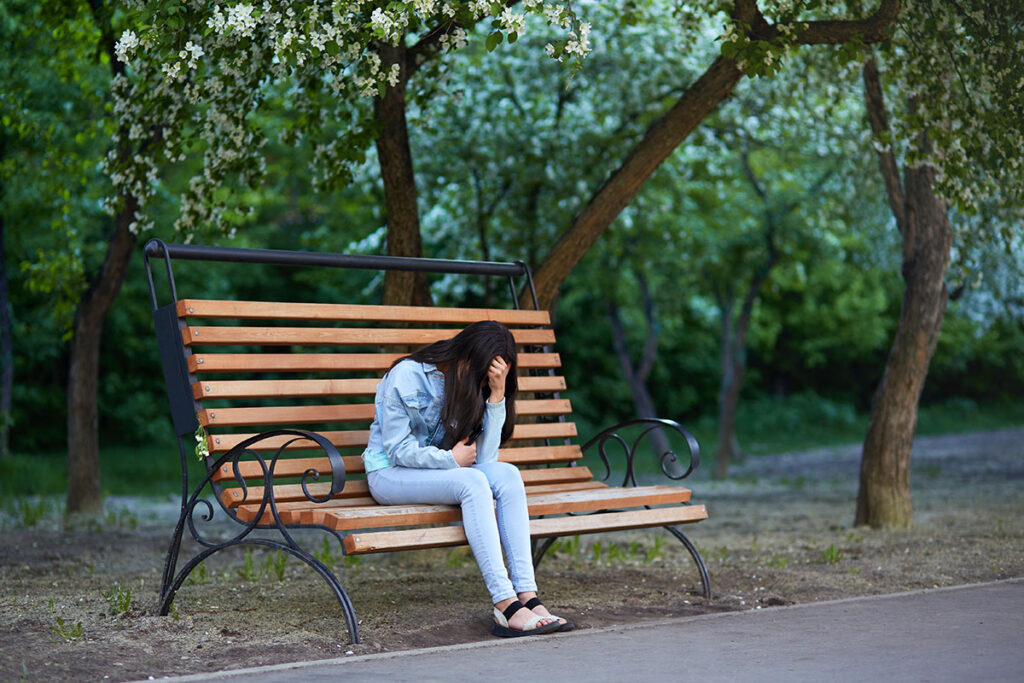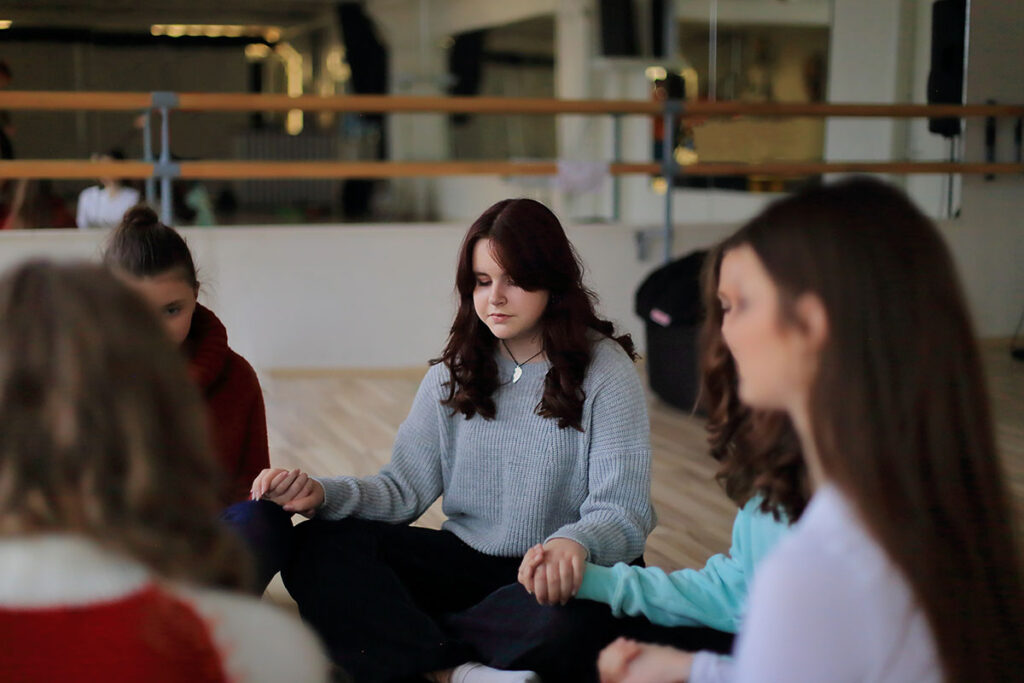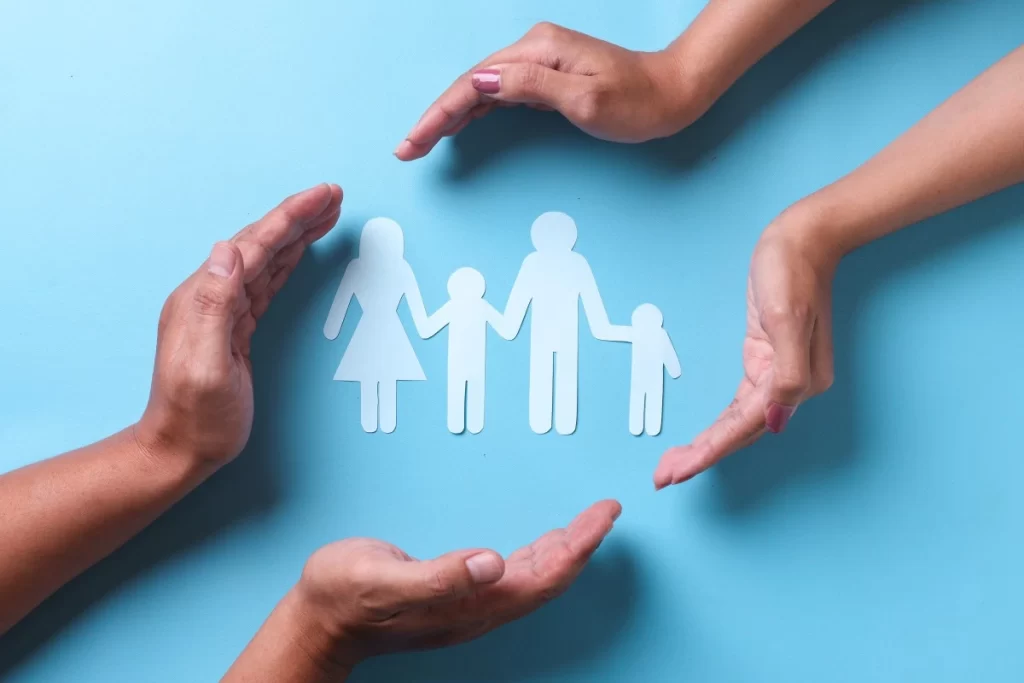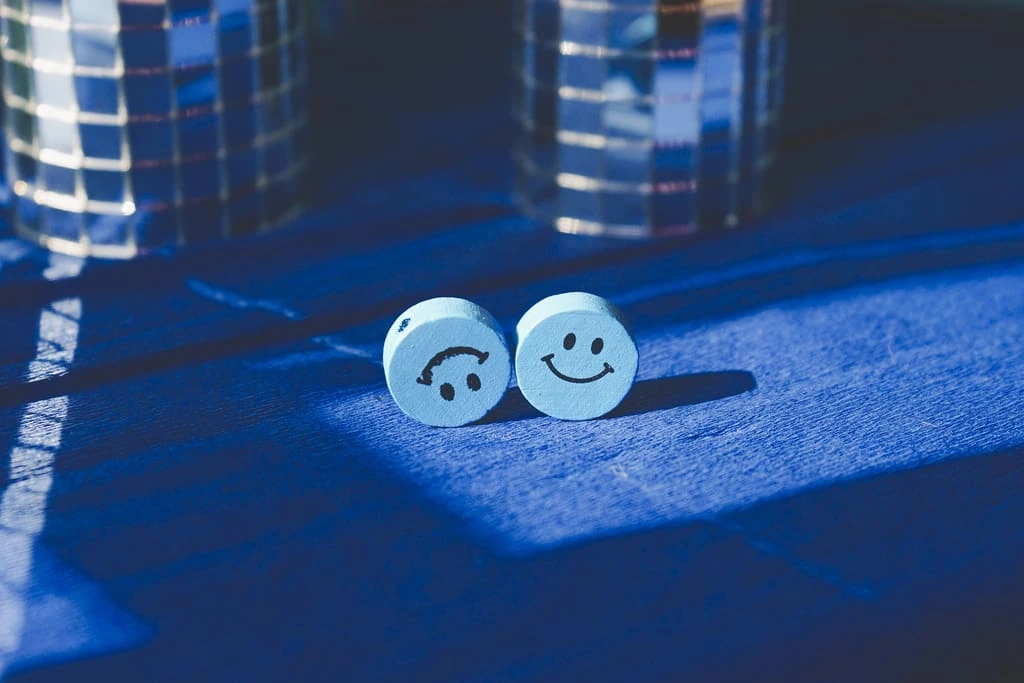Self-harm is a behaviour that can have serious physical and emotional consequences for young people, adults and any individual that has challenges with their mental health.
Self-harm can lead to long-term harm, physical injuries and even death. It is not a healthy coping mechanism. If you or someone you know is engaging in self-harm, it is important to seek help from a mental health professional.
In this article, we’ll discuss what self-harm is, why it happens, and how to get support and stop self-harming behaviours.
What Is Self-harm?
Self-harm is the act of harming your own body as a way to cope with stress, emotional pain, anger, sadness or other difficult emotions. Individuals who cause physical pain or harm to their own bodies tend to do this to provide temporary relief or get a sense of control over their challenging emotions.
The act of self-harm is usually done without suicidal intent, however, some individuals may have suicidal thoughts. Self-harming can lead to immense physical or emotional harm and worsen over time. It’s crucial for individuals who engage in self-harm to seek professional help and learn healthier coping mechanisms for their challenging emotions.
Additionally, if you are someone who has a friend or family member who self-harms – it’s essential to stay calm, compassionate, and supportive when approaching the situation. Individuals who partake in self-harming behaviour usually have underlying mental health conditions and need immense support to overcome these challenges.

How Do People Display Self-Harm Behaviour?
Self-harm can be difficult to identify mainly because it can take many different forms. Some of the most common types of self-harm include:
- Cutting – behaviours including scratching of the skins on the arms, legs or wrists using sharp objects
- Hitting – behaviours including using objects to hurt oneself, resulting in bruises or other injuries
- Burning – behaviours including heat sources to burn the skin
- Preven wound healing – behaviours such as picking or scratching of wounds that delay healing
- Hair pulling – behaviours including pulling hair out of the scalp, resulting in balding and hair loss
- Ingesting toxic substances – including cleaning products or other substances that are harmful to the body
- Engaging in risky behaviour – including dangerous and life-threatening activities, as well as substance abuse
It’s crucial to understand that some individuals can cope with difficult emotions by talking to friends and family, while others may find it challenging and overwhelming. When individuals don’t express their emotions and talk about the things that make them angry or distressed, the pressure can build up and become immensely challenging. Hence some individuals use self-harm as a way to express the challenging feelings they can’t process.
However, it’s important to know that with the proper support, there are ways that individuals can stop engaging in these harmful behaviours and learn healthy ways to cope with their emotions. At Nurseline Community Services, we provide tailored support for individuals with mental health challenges and understand complex mental health needs.
Signs of Self-Harm
Detecting signs of self-harm can be difficult. Many individuals tend to successfully hide any signs; however, there are some things to look out for that may indicate an individual is engaging in self-harming activities.
Behavioural Signs
Some common behavioural signs of self-harm include:
- Wearing long-sleeved shirts or long pants even on warm days
- Frequently having injuries that are brushed off as accidents
- Withdrawal from social gatherings and activities
- Having challenges with maintaining friendships or romantic relationships
- Possession of sharp objects or similar objects that can be used to cause self-harm
- Impulsive behaviour
Physical Signs
Some of the more common physical signs of people who self-harm include:
- Scars on hands, arms, legs or any part of the body
- Scratches
- Fresh cuts
- Bruises
- Signs of missing hair or patches
Psychological Signs
Some of the more common psychological signs of people who self-harm include:
- Signs of low self-esteem
- Challenges with emotional stability
- Frequent mood swings
- Challenges with feelings of depression
- Challenges with feelings of anxiety and stress
- Challenges with difficult feelings such as guilt and shame
- Challenges with feelings of helplessness, hopelessness, worthlessness
Self-Harm in Children
There is no single cause when it comes to self-harm in children. Children, like adults, experience low self-esteem, emotional abuse, traumatic events, and painful emotions.
Children find it especially hard to express these feelings and may turn to self-harm as a way to cope with challenging feelings. In many cases, young people may feel overwhelmed by school and family responsibilities or difficult relationships with their peers.
Self-Harm in Teens
Self-harming is especially common among teenagers. During the teen years, individuals go through emotional and psychological development, and many teens might find it challenging to cope with intense emotions that are common during this period. Therefore self-harming might be a way for individuals to cope with these emotions.
It’s crucial to remember that these behaviours should not be ignored. With proper support, teenagers can learn new and healthy ways to deal with their emotions and overcome behaviours of self-harming. Adolescent mental health services can provide support for teenagers struggling with self-harm and thoughts of self-harm.
Are There Any Patterns of Self-Harm Related to Gender?
Over the years, there have been numerous studies that have sparked discussions over patterns of self-harm and gender.
Some studies show that females are more likely to engage in self-harming behaviours such as cutting, while males are more likely to engage in behaviours such as hitting or punching.
However, self-harming is a complex topic that should never be viewed through the lens of gender. Regardless of gender, self-harm is linked to the emotional state of an individual and their ability to cope with challenging emotions. All individuals might experience this type of emotion. Therefore, gender isn’t as relevant when discussing self-harming.
What Ages Are at the Highest Risk for Engaging in Self-Harm?
Although self-harm can be a challenge for individuals of all ages, adolescents and young people are generally at the highest risk of displaying self-injury.
Young adults, specifically those in their early 20s, tend to have an increased risk of self-harming. This is due to the fact that this is a transitional period from adolescence to adulthood, which can be overwhelming for many individuals. However, self-harm can happen at any age.

Treatment and Support for Self-Harm
The treatment and support for self-harming can vary from one individual to another. This might include a combination of the following:
- Talking therapies
- Medication
- Mental health professionals
- Support groups
- Support from friends and family members
In any case, the treatment plan should be built based on the individual’s needs, mental health, and the severity of the behaviours.
Mental health treatment includes cognitive behavioural therapy, which should help individuals identify the triggers for their harmful behaviours and support them in building new and healthy coping mechanisms. Cognitive behavioural therapy is one of the most effective ways for individuals to reduce self-harm.
It’s crucial to create a supportive environment to help individuals reduce their self-harming tendencies. Hence, working with health professionals or support workers might also immensely benefit individuals going through this journey.
Nurseline Community Services is Dedicated to Tackling and Reducing Self-Harm
At Nurseline Community Services, we prioritise the needs of each individual, tailor our care services and advocate for human rights. Wherever someone is on their mental health journey, we’re here to help them through their recovery.
Our team includes expert nurse-led clinicians, in-house Positive Behaviour Support, and experienced health and social care professionals.
We believe that with the right support, anyone with mental health needs can take control of their lives and make their future their own.
If you or a loved one are looking for tailored support, don’t hesitate to contact us today.





